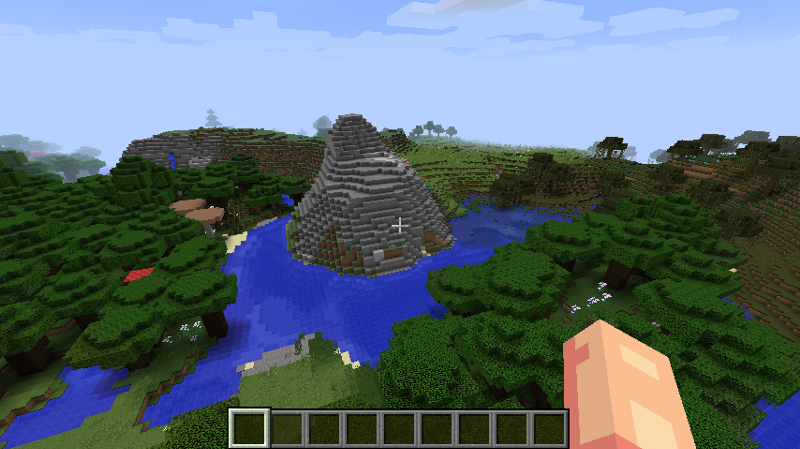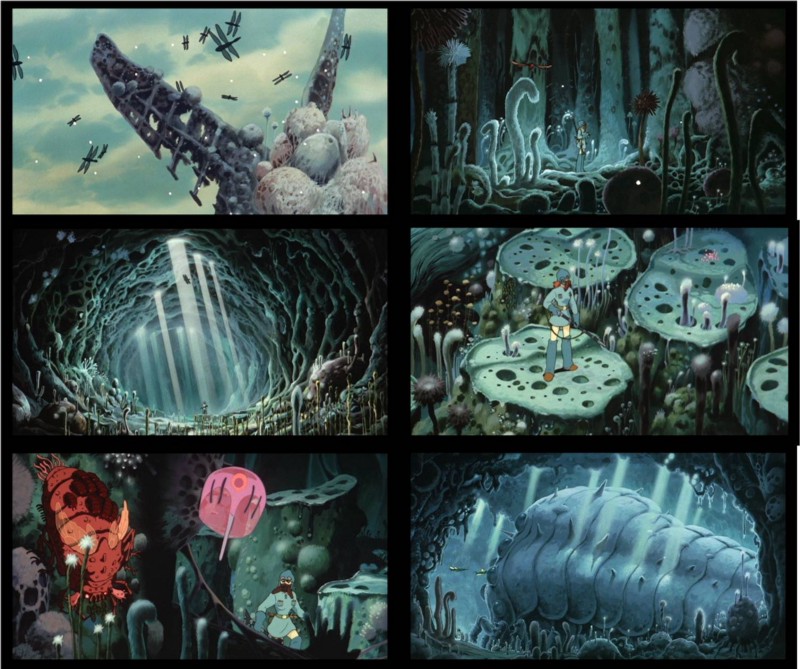One of the most striking and attractive things about Minecraft is its terrain generation. An infinite, expansive world of wide open plains, thick forests, soaring mountains and still lakes, generated just for you. It’s pristine, untouched, new. But it’s static. Once generated, the world lies inert and unchanging, unresponsive to anything but the player’s hands.

Nothing in the Minecraft world interacts with anything but the player. Animals and monsters spawn, but just kind of wander around aimlessly until the player walks away, at which point they despawn to save memory. The closest thing to an ecosystem in Minecraft is the fact that sheep eat grass sometimes, then the grass grows back. But even then, the only reason sheep eat grass is to grow their wool back, which only happens if the player came along and sheared them.
The voxelly world of Minecraft seems like a perfect match for some cellular automata, trees that procedurally grow, die, fall over and decompose, leaving the ground fertile for the next plant that comes along. For insects that fly from flower to flower, pollinating as they go. For seed pods that explode, propelling their contents across the landscape. For wolves that chase and eat sheep. For locusts that sweep across the landscape, eating everything in their path and leaving a whole area uninhabitable. There’s so much potential for dynamic, interacting systems.

And in such a world, your actions would have consequences. Clearing a forest to build your house would wreck the habitat for the wild pigs you were relying on for food. Picking all the flowers to dye your wool would leave no nectar for the bees to eat, so they’d clear out and suddenly your wheat won’t propagate. Planting a giant field of wheat would quickly suck all the nutrients out of the soil, and provide a perfect environment for parasites to thrive, meaning you probably won’t have that field for long.